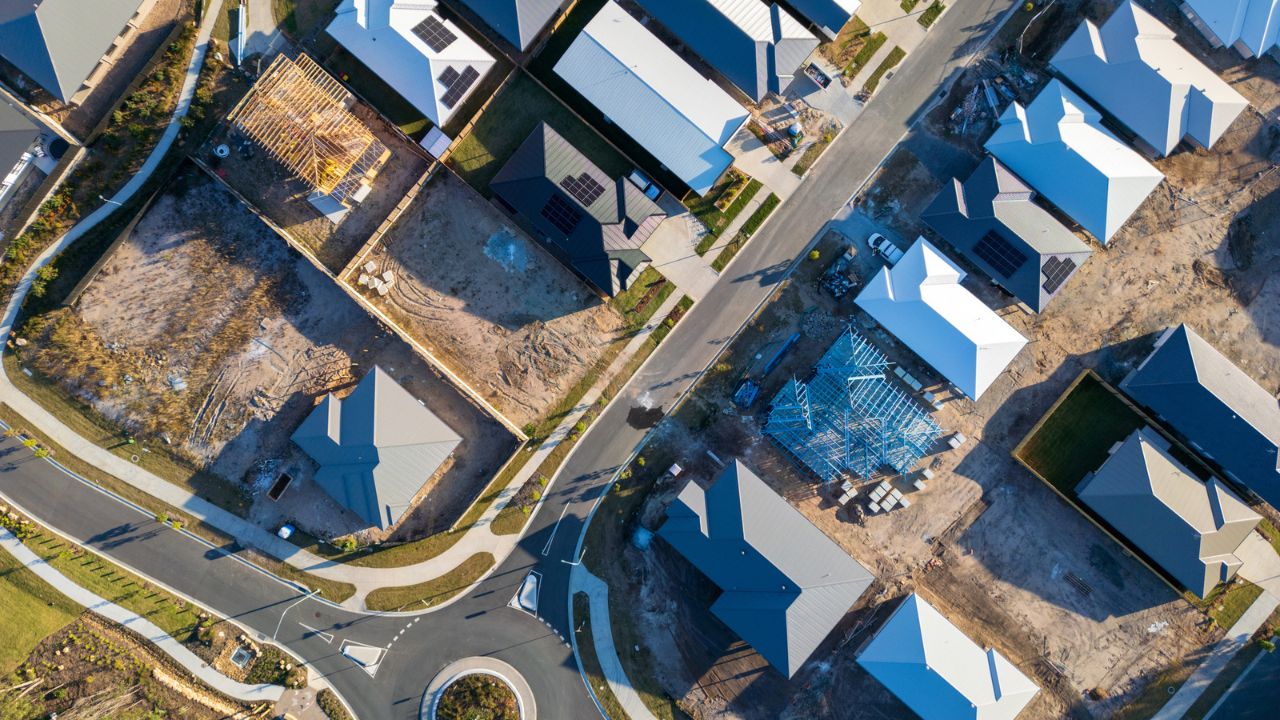According to new analysis from Money.com.au, lenders issued just 3,783 loans for newly erected dwellings in the March 2025 quarter, the lowest quarterly figure since September 2006.
This represents a 13 per cent drop from March 2024, which was already the previous low point of the decade.
The current figures are 56 per cent below the peak reached in December 2020, when 8,510 new dwelling loans were issued.
The decline is part of a broader trend, with only 19,153 new dwelling loans issued in the year to March 2025, the lowest annual figure since 2013.
Money.com.au’s General Manager of Lending, Jacob Overs, said the drop in new dwelling loans reflects deeper supply issues in the housing market.
“New housing stock isn’t coming through fast enough because developments are being delayed or scrapped altogether due to cost blowouts, labour shortages and red tape,” Mr Overs said.
“With new builds taking longer to make it to market, there are fewer loans to be written for those entry-point properties.”
The analysis includes loans for off-the-plan properties, dwellings converted for residential use, and new houses built to sell, providing a comprehensive picture of the new housing finance landscape.
First home buyers are particularly affected by this downturn, as they often rely on new properties to enter the market and access government incentives.
“There’s a huge missed opportunity here, especially for first home buyers,” Mr Overs said.
“Governments are pouring money into incentives to help them buy new homes, including cash grants and stamp duty concessions, but the homes themselves just aren’t there for buyers to take advantage.”
This situation forces many potential homeowners to purchase existing properties instead, meaning they miss out on government support specifically targeted at new housing.
Compared to the peak of 32,964 loans for new builds in the year to September 2021, the current annual figure represents a 42 per cent drop.
Money.com.au’s Data & Research Expert, Peter Drennan, said that this significant decline from the 2020 peak demonstrates the persistent challenges facing Australia’s housing construction sector.
The shortage of new housing stock comes despite various government initiatives designed to stimulate construction and help first-time buyers enter the market.
Industry experts suggest that addressing the underlying issues of construction costs, labour availability, and regulatory hurdles will be essential to reversing this trend and increasing the supply of new homes.
“This means many are being pushed into buying existing properties and miss out on government support that’s specifically targeted at new housing,” Mr Overs said.

